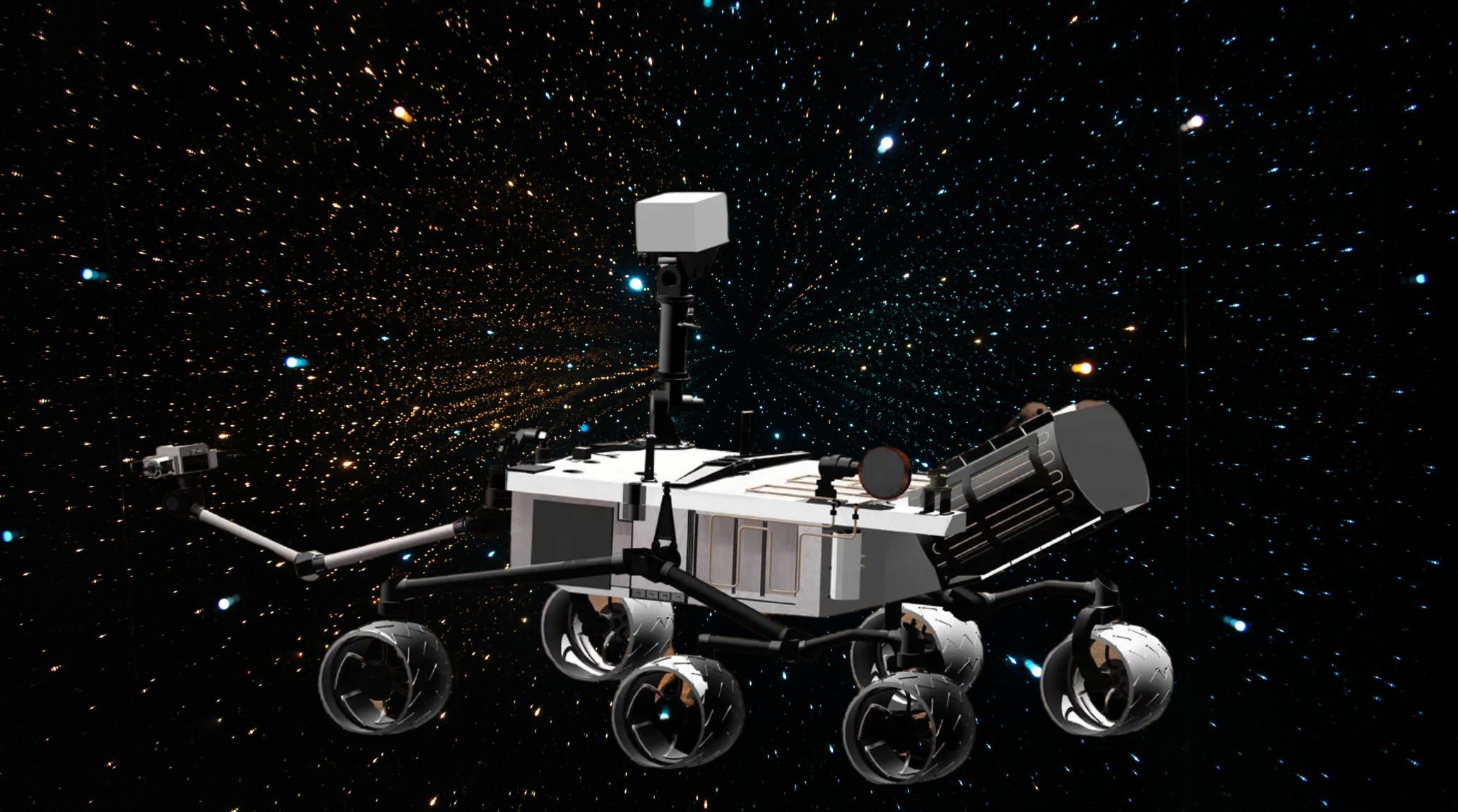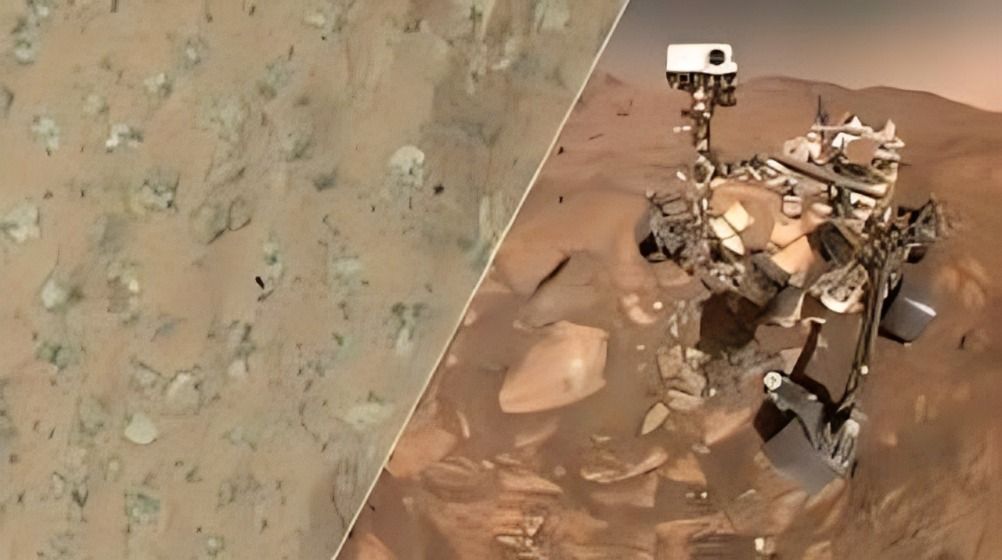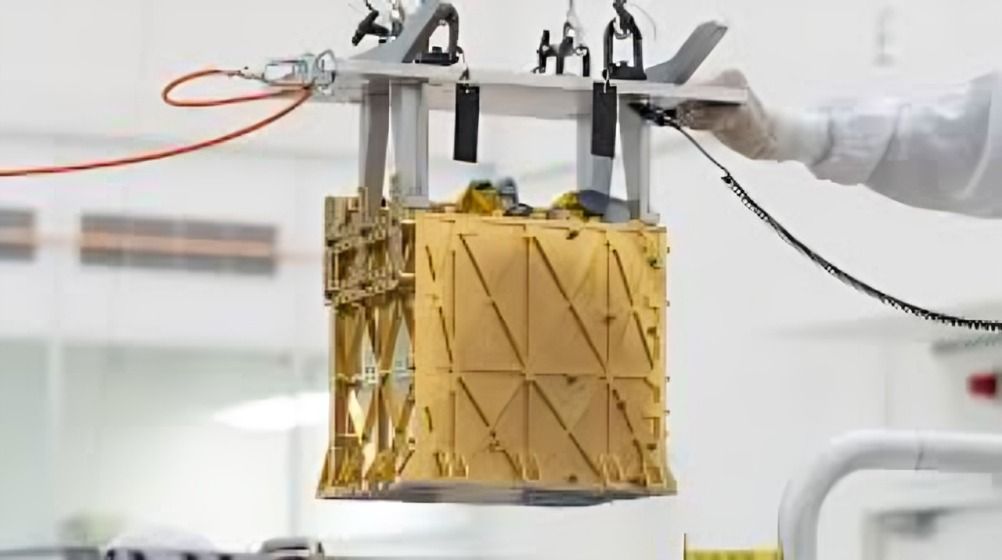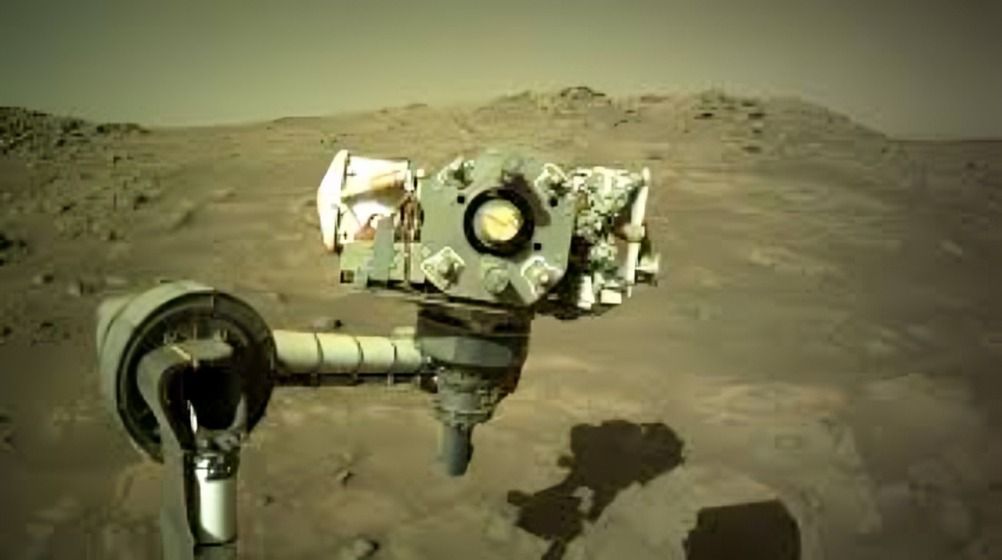
“
The Perseverance Rover is one of NASA’s most ambitious missions to Mars, designed to explore the planet and search for signs of ancient life. Launched in 2020, it has been gathering invaluable data that could shape the future of space exploration. In this blog, we dive into The Perseverance Rover factsheet, uncovering 20 key details about its design, mission, and discoveries. From its cutting-edge technology to its role in collecting Martian samples, this factsheet provides a comprehensive look at what makes Perseverance a true marvel of space exploration.1
1
”
Perseverance, part of NASA's Mars 2020 mission, landed in Jezero Crater in February 2021 to explore Mars’ ancient habitability and collect rock samples for eventual return to Earth for analysis. 1
Perseverance landed on Mars on February 18, 2021, at 8:55 PM GMT. The landing was live-streamed on NASA's YouTube channel, with high-definition footage from the rover’s descent and sky crane touchdown. 2
The rover’s name was selected through a student essay competition, emphasizing human perseverance in exploring the unknown and pushing technological and scientific boundaries to understand life beyond Earth. 3
The Perseverance rover's journey through Jezero Crater is tracked via NASA's interactive map, which uses live data. This ancient lake site offers the rover the best chance to discover evidence of past life on Mars. 4

In July 2024, NASA's Perseverance rover spotted "leopard spots" on a reddish rock, named "Cheyava Falls," in Mars' Jezero Crater. These markings suggest possible ancient microbial life, though further studies are necessary.
Perseverance, a semi-autonomous rover the size of a small car, explores Mars' surface with cameras and scientific tools. Its mission is to find evidence of past microbial life, crucial for understanding Mars' history. 5
The Mars Perseverance rover carried the Mars Helicopter, Ingenuity, for its journey to Mars. Ingenuity completed 72 flights, becoming the first aircraft to achieve controlled, powered flight. 6
SHERLOC, mounted on Perseverance's robotic arm, employs cameras, spectrometers, and lasers to detect organic materials and minerals altered by water. It aims to uncover signs of past microbial life on Mars. 7
MEDA is a suite of environmental sensors on Perseverance, measuring dust optical properties and six atmospheric parameters: wind speed, pressure, humidity, air and ground temperatures, and radiation in UV, visible, and infrared spectrums. 8

MOXIE, another key instrument aboard Perseverance, converts carbon dioxide from Mars’ atmosphere into oxygen, a critical test for sustaining human life during future Mars colonization.
Since its landing in 2021, MOXIE has produced 122 grams of oxygen, equivalent to what a small dog breathes in 10 hours. At its peak, MOXIE generated 12 grams of oxygen per hour at 98% purity. 9
The rover operates on nuclear power using a Multi-Mission Radioisotope Thermoelectric Generator (MMRTG), ensuring long-term energy reliability in Mars’ harsh and dusty environment. 10
Perseverance is exploring Jezero Crater on Mars, a site that likely supported life in the distant past. The rover’s mission is to study the area's conditions and search for evidence of past life. 11
NASA's Mars 2020 mission focuses on finding signs of past life and habitable conditions on Mars. The rover also features an oxygen-producing instrument, aiding future human exploration on the Red Planet. 12

The rover's special drill collects, seals, and stores rock samples on Mars for potential retrieval by future missions. These cached samples could be brought to Earth for detailed scientific analysis.
Jezero Crater, Perseverance’s landing site, is believed to have hosted a lake billions of years ago, making it an ideal location to search for preserved organic molecules. 13
Perseverance’s parachute displayed a coded message, “Dare Mighty Things,” showcasing the creative integration of engineering and human inspiration in space exploration. 14
The rover's robotic arm, over two meters long, is equipped with a drill and various scientific tools, enabling it to conduct complex geological operations on Martian rocks.15
As of October 2024, NASA's Perseverance rover has traveled over 30 kilometers, collected 24 rock samples, and set records for a 347.7-meter single-day drive and a 699.9-meter autonomous journey. 16
The rover’s success in scientific discovery and engineering innovation represents humanity’s growing capability to explore distant planets and prepare for future crewed missions to Mars. 17


